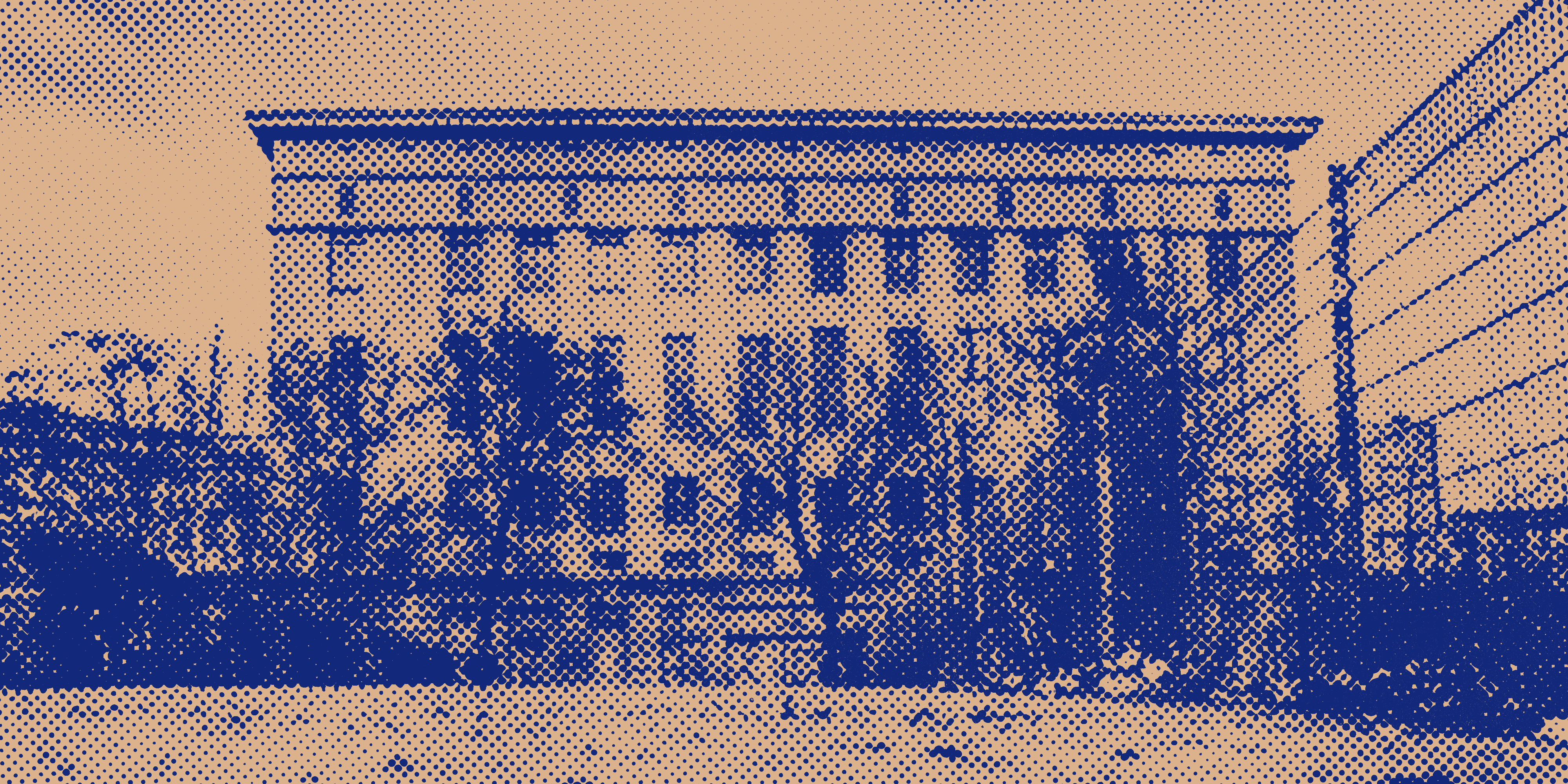Berghain and the long tail of timeless techno
You've heard that it's hard to get into. But what's Berghain really like? The story behind the door (and mystery) of Berlin's techno icon.

Once an imposing power plant in East Berlin, the Berghain nightclub has evolved into a cultural monolith whose influence resonates throughout the global electronic music scene. Its reputation and impact are unrivaled, serving as a sanctuary for techno aficionados, a rite of passage for the partygoers, and a hub for avant-garde music. This is the exploration of the heart of techno, an institution that has not only impacted the music scene but also left an indelible mark on Berlin's cultural identity.
In the words of DJ Ben Klock, a Berghain resident, as quoted from a 2018 Resident Advisor interview, "Berghain is not just a club; it's an institution. A wild, free space in which different forms of self-expression coalesce to create something truly unique."
To appreciate the story of Berghain, it's essential to delve into its roots, and understand why a club so far from Detroit's Techno origins became another spiritual home for the culture. The club is an offspring of OstGut, a men-only fetish night club that opened its doors in the late '90s and quickly gained popularity among the gay community. In 2003, the club was forced to shut down due to a planned stadium construction, but its spirit lived on. The OstGut team - Michael Teufele and Norbert Thormann - took a bold step by repurposing an abandoned power plant into what we now know as Berghain/Panorama Bar, opening its doors in 2004.
What sets Berghain apart is the transformative experience it offers. Its cathedral-like industrial structure boasts a cavernous main floor known as Berghain, an emblem of the darker, harder strains of techno. Upstairs lies Panorama Bar, a haven for house music lovers, peppered with photography by Wolfgang Tillmans, and Lab.Oratory, a separate club located in the building's basement, that continues to honor OstGut's legacy with its explicit men-only parties.
Renowned for its bone-rattling sound system and marathon sets from world-class DJs, the club has become a symbol of hedonistic freedom. On entering, patrons are subjected to a strict no-photos policy, symbolizing the club's commitment to providing a judgement-free zone where the music is the primary focus.
However, Berghain's importance extends beyond the dance floor. It has become a stalwart of techno culture, influencing music, fashion, and even Berlin's identity. The club has played a critical role in establishing Berlin as the techno capital of the world. As techno producer and DJ Marcel Dettmann stated in a 2016 Electronic Beats video, "Berghain was, and still is, the place where I can test my boundaries, explore new sounds. It's integral to my creative process."
Berghain's influence seeps into the fashion world as well. It's no secret that the club's door policy favors a certain aesthetic: black, utilitarian, and sportswear-influenced. Over the years, this "Berghain look" has made its way onto fashion runways, inspiring designers like Rick Owens and Vetements.
As we explore the impact of Berghain, we cannot ignore its impact on Berlin itself. The club has contributed to shaping the city's image as a playground for the avant-garde, attracting an influx of artists, musicians and creatives who have contributed to the city's cultural and economic vitality.
While Berghain's existence has not been without controversy - its notorious door policy has been accused of being elitist and arbitrary - its impact is undeniable. As philosopher and cultural critic Slavoj Žižek commented in a 2020 YouTube discussion on club culture, "Institutions like Berghain serve as counter-spaces, zones where the normal rules of society are suspended, and new forms of communality and self-expression can be experimented with. They are crucial for the vitality of our societies."
In essence, Berghain stands as more than a club. It is a cultural powerhouse, an epitome of the freedom that techno culture (like the Acid House that came before it at places like The Hacienda) embodies, and a living testament to Berlin's resilience and transformative power. By continuously pushing boundaries and challenging norms, Berghain carries forward the legacy of OstGut while setting a benchmark for techno culture worldwide. As we look ahead, it remains to be seen how Berghain will continue to shape and influence the landscape of electronic music. One thing, however, is certain: its beat will keep reverberating, just as the heart of techno should.


